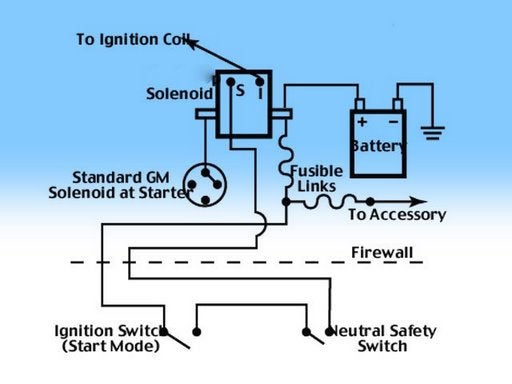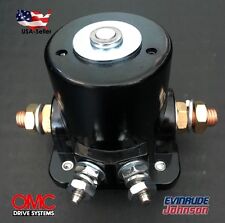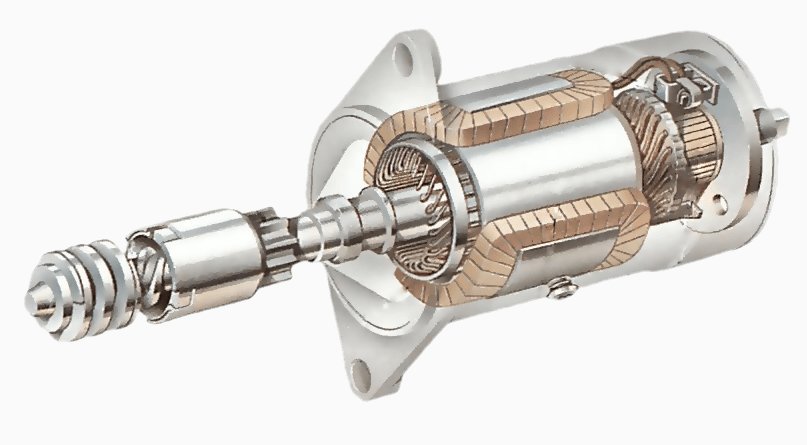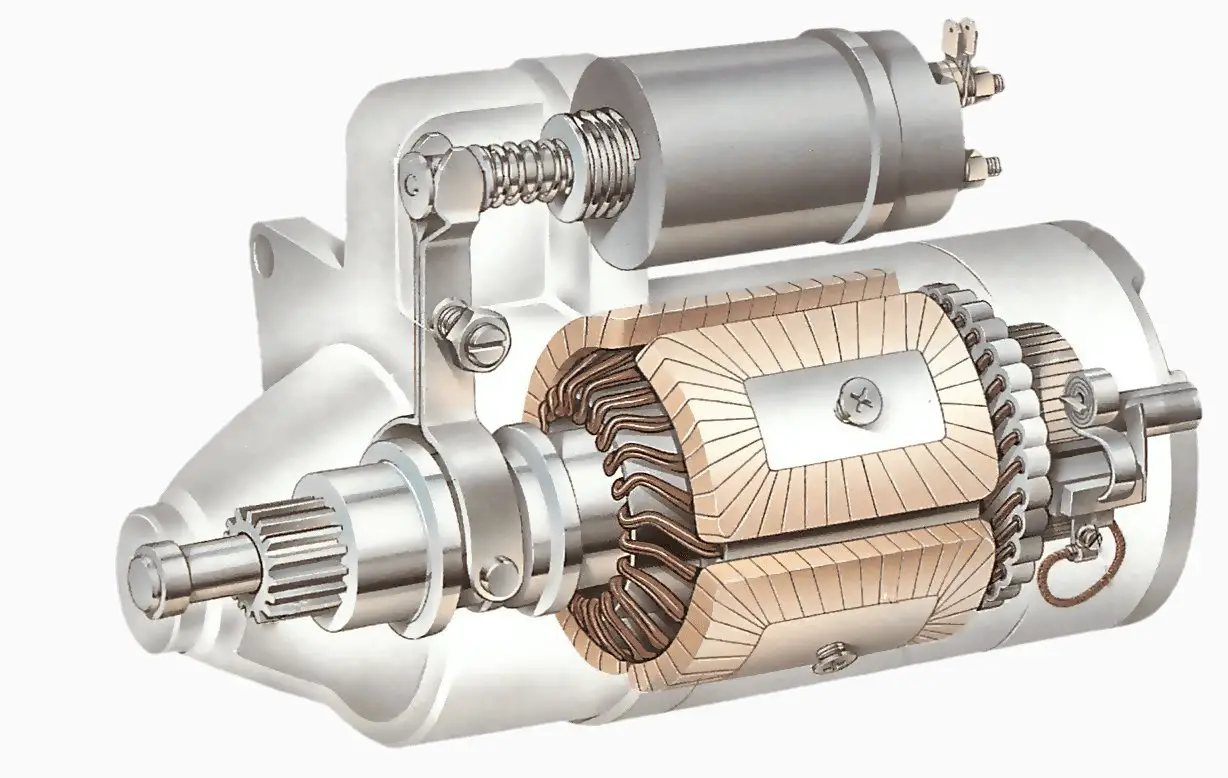I agree with 565BBChevy, I converted to a Ford remote setup way, way back in 1994 and have only replaced the starter and solenoid once,,, last summer! It definitely starts quicker and it is not affected by the heat soak problem. I don't like Ford either, but I am glad that I have this one important part on my setup. It's the 2nd best upgrade that I have done to the car,,,, ask me what the first most important upgrade was.
Explain remote solenoid?
- Thread starter Bonnewagon
- Start date
You are using an out of date browser. It may not display this or other websites correctly.
You should upgrade or use an alternative browser.
You should upgrade or use an alternative browser.
- Status
- Not open for further replies.
If you connect the battery cable to the "B" terminal on the solenoid , you are still using the NO contacts within the solenoid itself (as the article states), which are not closed until the bendix is pulled out by energizing the solenoid . You would have to attach the battery cable to the lower post on the solenoid or the tab that comes out of the top of the motor to bypass the NO contacts within the solenoid.when the puple wire is attached to the S on the GM solenoid and the battery cable is attached to the B terminal they relay is triggered when you turn the key to star and the starter is alive. When you have the b and s terminals bridged the relay in the solenoid is not tripped cause the remote solenoid relay is what activates the starter
here is the whole article which includes
"The following changes will help this situation by removing the relay function of the starter solenoid to a cooler part of the engine compartment. "
https://www.crankshaftcoalition.com/wiki/Remote_Ford_solenoid_for_GM-_no_hot_start
Someone needs to explain to me how this eliminates heat soak. The only thing the relay does is take the load off the ignition switch. The solenoid on the starter is still in the same exact operational mode as before. The exhaust still puts the same amount of heat into the starter. All the relay does is put voltage to both posts on the starter at the same time.
The more heat on any electrical item the more resistance
removing the smaller gauge wires and the relay function of the starter solenoid to a cooler part of the engine compartment will help the problem

removing the smaller gauge wires and the relay function of the starter solenoid to a cooler part of the engine compartment will help the problem

Not buying it. Also, why is a large hammer referred to as a "Ford Starter Tool"?
I know how it works; that's not my point. I'm talking about heat soak. Let's break it down, shall we?
On a typical GM car, you have, let's say, ~10' (3M for you Canadians) of 10-12ga, wire feeding the ignition switch, and, from there, ~5-6 feet of 10-12ga. wire to the starter solenoid. Installing said Ford "solenoid" (it's really just a relay) removes the purple wire from the starter, and now triggers the Ford relay. A jumper is installed from the 'S' terminal to the 'BATT' post. The 'BATT' post also now only receives power when the relay is engaged. The starter motor and solenoid are still subject to the exact same amount of radiant heat from its mounting position. The only thing to be gained here is, possibly, greater longevity of the starter solenoid due to the removal of resistance in the purple wire. The solenoid now has full battery power because of the relay installation. So, where does this heat magically disappear to?
On a typical GM car, you have, let's say, ~10' (3M for you Canadians) of 10-12ga, wire feeding the ignition switch, and, from there, ~5-6 feet of 10-12ga. wire to the starter solenoid. Installing said Ford "solenoid" (it's really just a relay) removes the purple wire from the starter, and now triggers the Ford relay. A jumper is installed from the 'S' terminal to the 'BATT' post. The 'BATT' post also now only receives power when the relay is engaged. The starter motor and solenoid are still subject to the exact same amount of radiant heat from its mounting position. The only thing to be gained here is, possibly, greater longevity of the starter solenoid due to the removal of resistance in the purple wire. The solenoid now has full battery power because of the relay installation. So, where does this heat magically disappear to?
Fleming and I are in agreement. Nothing changes! If the stock solenoid is relieved of duty then why jumper it to the "BATT" terminal? Because it is still doing what is required to operate the starter motor. If not, then why don't we just disconnect the "S" terminal on the stock solenoid? Because then the GM style starter will not operate. It says so right here in what Steve posted:



- The GM solenoid now gets a solid "high capacity" current supply and works the plunger and contacts. The internal contacts send voltage to the starter motor.
- This set-up DOES NOT make the GM solenoid any cooler. It just gives it a better current supply



Last edited:
I did it on mine for ease of starter wiring. i jumped the solenoid and hooked battery cable up before installing the starter cause with headers accessing the starter was a pain
Huh? You're still applying power to a hot solenoid to engage the Bendix drive.......it's not magic, the jumper wire from S to B makes the coil from the solenoid to the starter motor redundant.
- Status
- Not open for further replies.
Similar threads
- Replies
- 4
- Views
- 734
- Replies
- 2
- Views
- 707
GBodyForum is a participant in the Amazon Services LLC Associates Program, an affiliate advertising program designed to provide a means for sites to earn advertising fees by advertising and linking to amazon.com. Amazon, the Amazon logo, AmazonSupply, and the AmazonSupply logo are trademarks of Amazon.com, Inc. or its affiliates.

